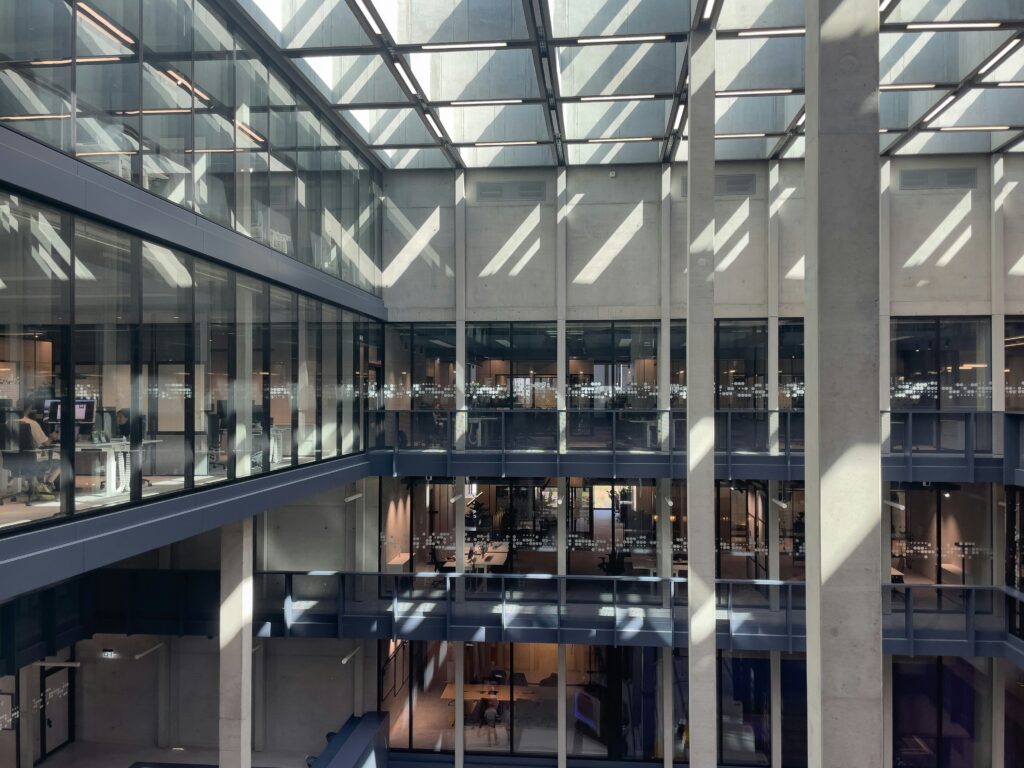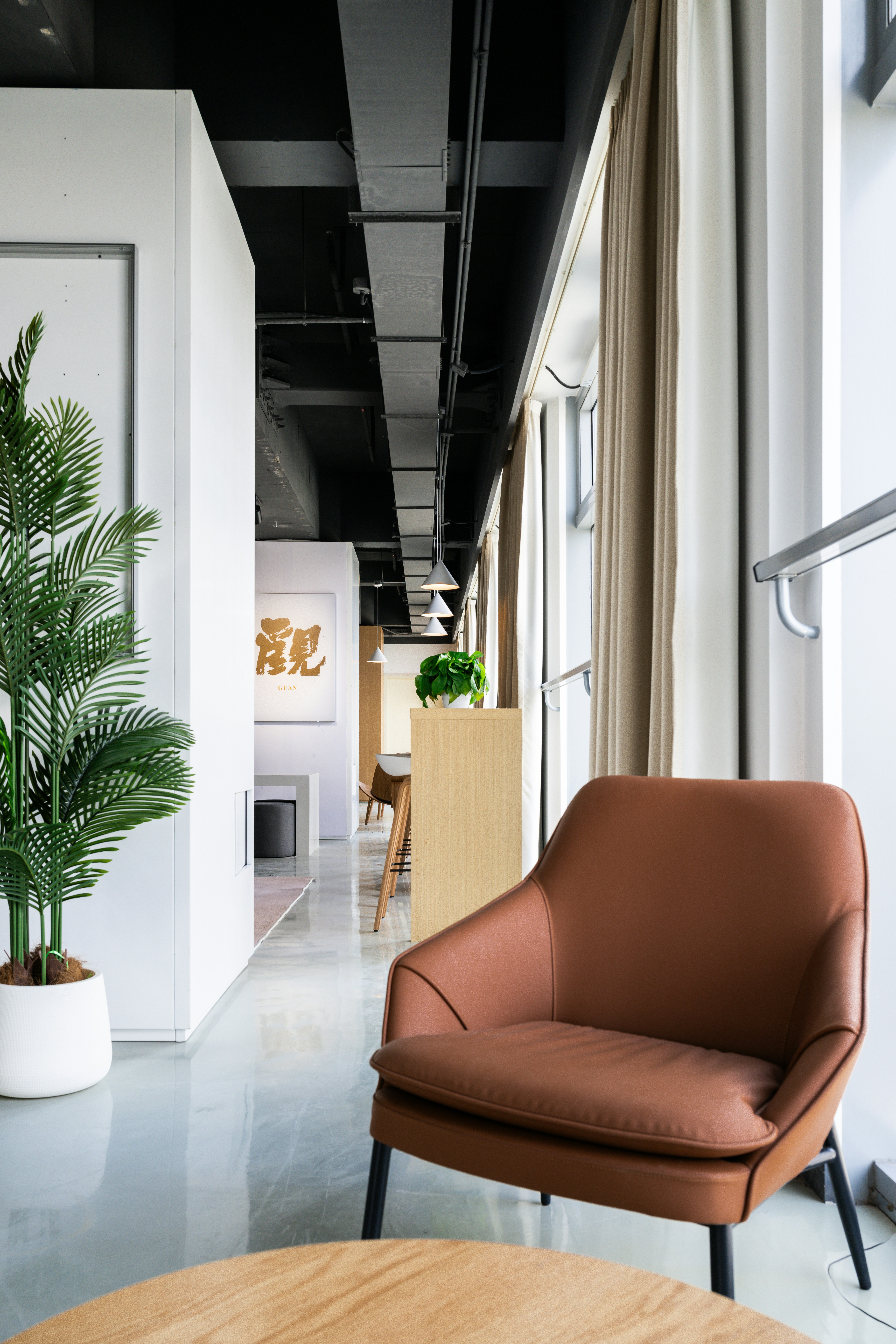By Mercedes Quintanilla
We spend most of our lives indoors — whether it’s leading a team from an executive office or reclaiming energy in the quiet of our homes. The environments we inhabit are not neutral; they actively influence how we think, feel, and perform.
Interior design is far more than aesthetic — it is a tool for restoration, clarity, and alignment. Whether at home or at work, a thoughtfully designed space can empower your purpose and elevate your quality of life.

BEYOND FUNCTION: DESIGN THAT REFLECTS IDENTITY
In both personal and professional spaces, design tells a story. It’s not about following trends — it’s about creating environments that speak your language, reflect your values, and support the life you’re building.
In offices, this might look like incorporating brand elements not just visually, but spatially — creating zones that align with your company’s mission, energize your team, and elevate the client experience.
At home, it means surrounding yourself with materials, colors, and layouts that feel deeply personal — a sanctuary that restores rather than drains. Because your home should reflect who you are, not just what you own.
DESIGN AS A STRATEGY FOR WELL-BEING
Thoughtful design choices directly impact health and performance. Studies show that natural light, air quality, and spatial flow influence everything from cognitive focus to emotional regulation. Whether designing a boardroom or a bedroom, your space should support both vitality and peace.
Spaces that feel good aren’t a luxury — they’re a necessity for high-functioning individuals and families. The right space invites better rest, deeper focus, and more meaningful connection.
DESIGN THAT ATTRACTS — AND RETAINS
In the workplace, restorative and human-centered environments are proven to increase retention, performance, and creativity. In the home, they support relationships, reduce stress, and restore energy.
Just as an aligned office culture begins with its physical environment, a harmonious home begins with design that considers the rhythms of your daily life. Layouts that foster connection. Rooms that offer retreat. Spaces that adapt to your needs.
THE BOTTOM LINE: SPACE IS A CATALYST
In both home and work life, the impact of design is measurable. According to research from ASID and case studies across industries, intentional environments reduce errors, improve productivity, and even decrease absenteeism.
At home, those results look like fewer sleepless nights, more creative flow, and moments that feel truly restorative — not rushed or reactive.
CREATIVITY STARTS WITH SPACE
Creativity is not just for artists — it’s required for leading teams, raising families, and imagining what’s next. Design that honors creativity makes space for it to flourish. It celebrates identity. It inspires movement, emotion, and clarity.
This doesn’t mean every surface must be styled — it means the space should invite you to be fully present. Comfortable, alive, and supported.
CULTURE BEGINS AT HOME
Whether you’re shaping an organizational culture or a family legacy, space plays a powerful role. The environments we live and work in influence our rituals, our energy, our sense of belonging.
Your space should meet you at your level — and support where you’re going next.and aim for comfort that supports productivity.

READY FOR A SPACE THAT WORKS AS HARD AS YOU DO?
Let’s design something extraordinary — for your home, your team, and your well-being. respeto — no solo para iluminar un lugar, sino para iluminar la vida misma.
Referencia.
– Circadian Lighting – Archtoolbox. (s. f.). Archtoolbox. https://www.archtoolbox.com/circadian-lighting/.
– Lighting Design for Health and Sustainability: A Guide for Architects. (2021, 17 diciembre). BuildingGreen. https://www.buildinggreen.com/spotlight/lighting

Read the Comments +